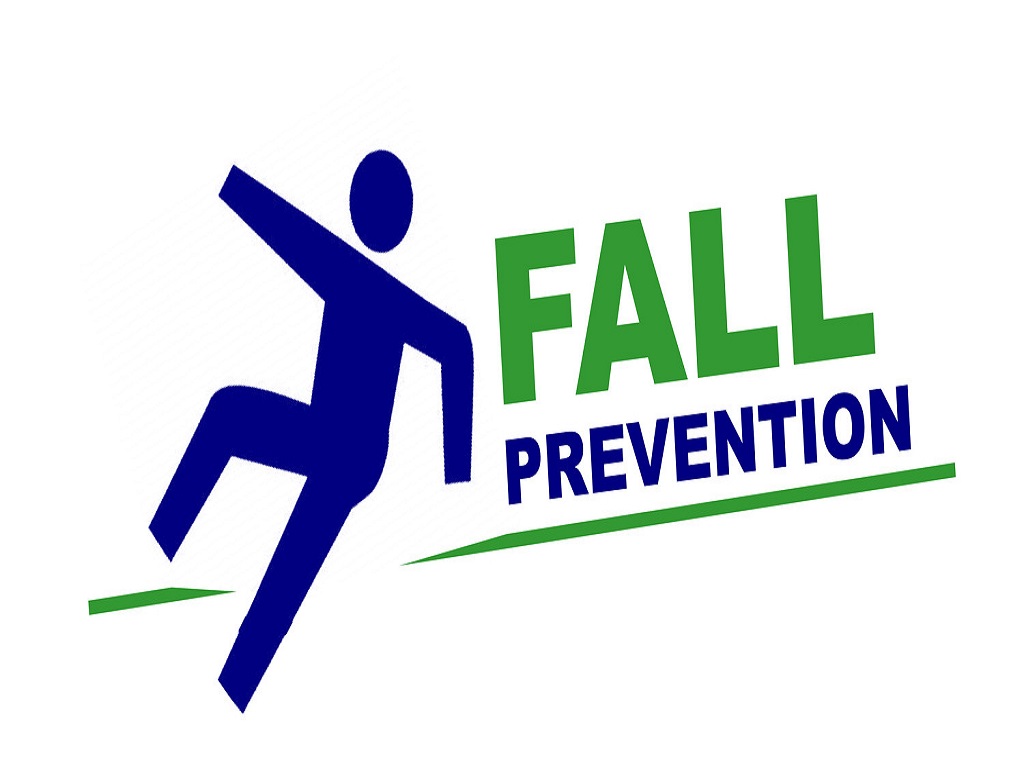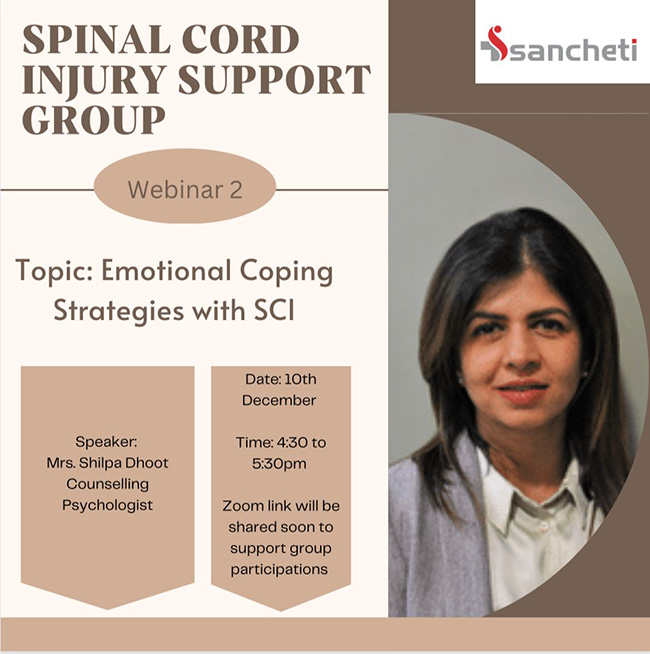Falls are the leading cause of injuries in the elderly. The consequences of falls can rise with growing age. For individuals above the age of 65, falling can lead to hospitalization, an increase in mortality rate, morbidity and spikes in the rate of nursing home placements.
The elderly are usually susceptible to falls because of accidents or environment-related reasons. However, there are multiple risk factors that precipitate the elderly to fall. They might be muscle weakness, arthritis, prescription medications that induce dizziness as their side effects, impairment in cognition or vision, postural hypotension (a state where your blood pressure drops due to an elongated period of lying or sitting), confusion, heart disease, diabetes, thyroid, nerves or blood vessels, improper footwear or simply an age older than 80.
Studies show that about 20-30% of senior citizens falling suffer through hip fractures, broken bones or head trauma. The recovery process leaves them with no independence and a complicatedly poor quality of life. Their mobility gets restricted and leads to functional decline. The fear of being placed in a nursing home leads to anxiety, depression, helplessness and feeling of isolation.
Prevention is better than cure. Following are a few precautions for fall prevention amongst the elderly:
- Exercise programs improve muscle strength and make you stronger. It keeps your joints, tendons and ligaments flexible and slow exercises like walking or climbing stairs can also help reduce bone loss.
- Sleeping adequately reduces dizziness and your chances of falling down.
- Blood Pressure plays a key role in maintaining balance. When you stand up slowly your blood pressure doesn’t instantly drop and prevents you from feeling wobbly. It’s recommended to get your blood pressure checked while standing or lying down.
- Clear the clutter! The majority of cases of falls are because of environmental barriers. Make sure you walk slowly on wet or icy surfaces. If you have a history of falls due to the same environment, it’s time to rearrange the space and make it fall-proof.
- Strengthening your bones can go a long way to reducing hospital visits for fall-related fractures. Having healthy bones won’t reduce the chances of falling but it curtails the aftermath of dealing with a broken hip bone.
- Good footwear like lace-up shoes with non-skid soles and low heels can increase grip on slippery or smooth surfaces and support your feet enough to prevent falling.
- Install bars and handrails are crucial for going up and downstairs, getting on and off the toilet, without injuring yourself.
A sudden fall can be startling. Make sure you stay on the floor for a few moments to subside the impact of the fall and relax your breathing. Getting up too quickly can upset the injury. Thus, make sure you crawl and get up slowly towards a sturdy chair. Call for help from either people around you or dial an ambulance. You must inform your doctor about your fall history even at times you weren’t particularly hurt. It can alert the doctor about any secondary complications that might cause falls. The doctor might also recommend assistive devices like canes or walkers, or even a special bracelet to call for help when you fall. You must consult a physical therapist for the same.










0 comments on “Fall Prevention for the Elderly | How Does It Work?”